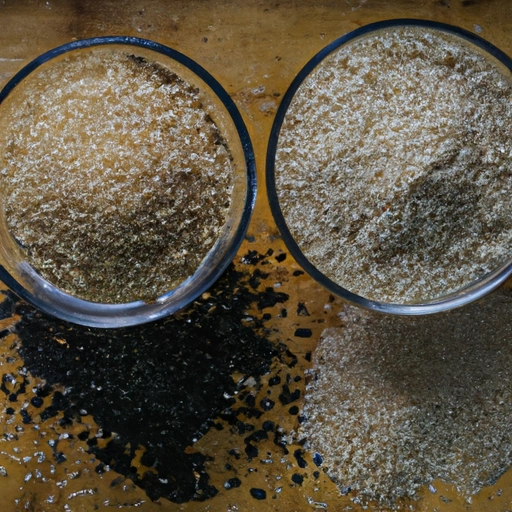Sesame Seed
Description

Sesame seeds are tiny, oil-rich seeds that come from the Sesamum indicum plant. They are commonly found in various shades including white, black, and brown, and have a nutty, slightly sweet flavor. Sesame seeds are highly valued for their oil, which is exceptionally resistant to rancidity.
Common uses
Sesame seeds are often used as a garnish on bread, sushi, and salads, and are a key ingredient in tahini, a Mediterranean sesame paste. They are also popular in Asian cuisine, sprinkled over stir-fries or ground into sauces.
Nutritional value
Calories
Approximately 573 kcal per 100 grams (3.5 oz).
Protein
Contains about 18 grams of protein per 100 grams (3.5 oz).
Fat
Contains about 50 grams of fat per 100 grams (3.5 oz), predominantly healthy unsaturated fats.
Carbohydrates
Contains around 23 grams of carbohydrates per 100 grams (3.5 oz), with a portion of it being dietary fiber.
Vitamins
Rich in B vitamins, particularly thiamine, niacin, and folate.
Minerals
High in minerals such as calcium, magnesium, phosphorus, potassium, zinc, and especially copper and manganese.
Health benefits
Sesame seeds are beneficial for heart health due to their high content of unsaturated fats. The presence of antioxidants like sesamin and sesamolin may also provide anti-inflammatory properties and contribute to overall health. The seeds are a good source of fiber, which aids digestion and promotes a healthy gut. Additionally, the rich mineral content supports bone health and the prevention of osteoporosis.
Potential risks
While sesame seeds are generally safe for consumption, they can cause allergic reactions in some individuals. They are also high in calories and fat, which, if consumed in excessive amounts, could lead to weight gain. As with any food, moderation is key.
Common recipes
Commonly found in recipes for breads, such as bagels and hamburger buns, sesame seeds are also used to make tahini, halva, and various Asian dishes like sesame chicken. They can be added to granola, salads, and baked goods for extra crunch and flavor.
Cooking methods
Sesame seeds can be used raw, toasted, or pressed into oil. Toasting enhances their flavor and can be done in a dry skillet over medium heat until golden brown.
Pairing with other ingredients
They pair well with honey in sweets, complement the savory taste of garlic and ginger in Asian cuisine, and enhance the flavors of herbs like parsley and cilantro in Middle Eastern dishes.
Summary
Sesame seeds are a nutrient-rich ingredient used worldwide for their distinctive flavor and health benefits. They offer versatility in cooking, whether sprinkled on dishes for added texture or incorporated into sauces for depth of flavor. As an essential component of many cultural cuisines, sesame seeds contribute both nutritionally and gastronomically to a diverse range of recipes.